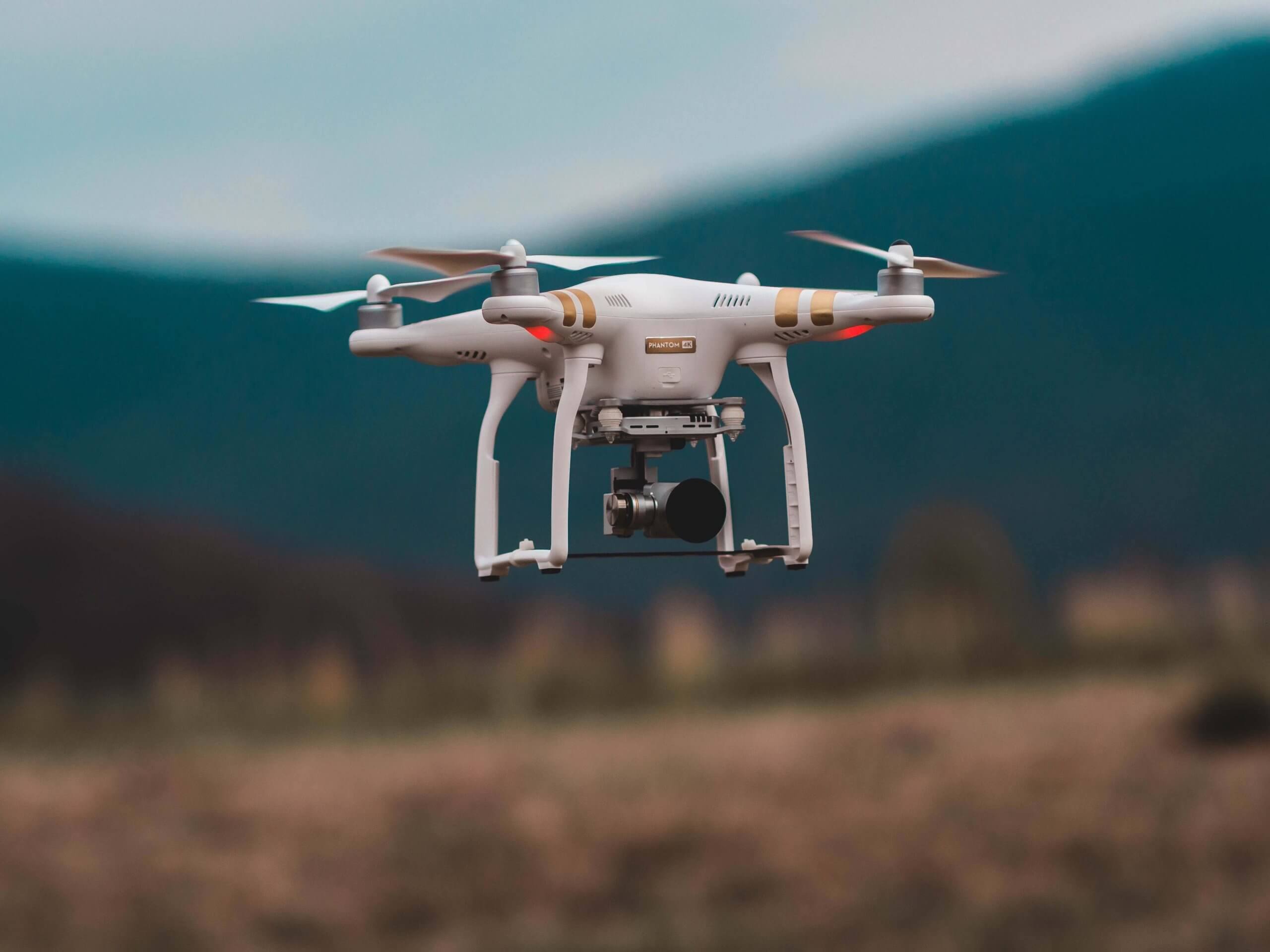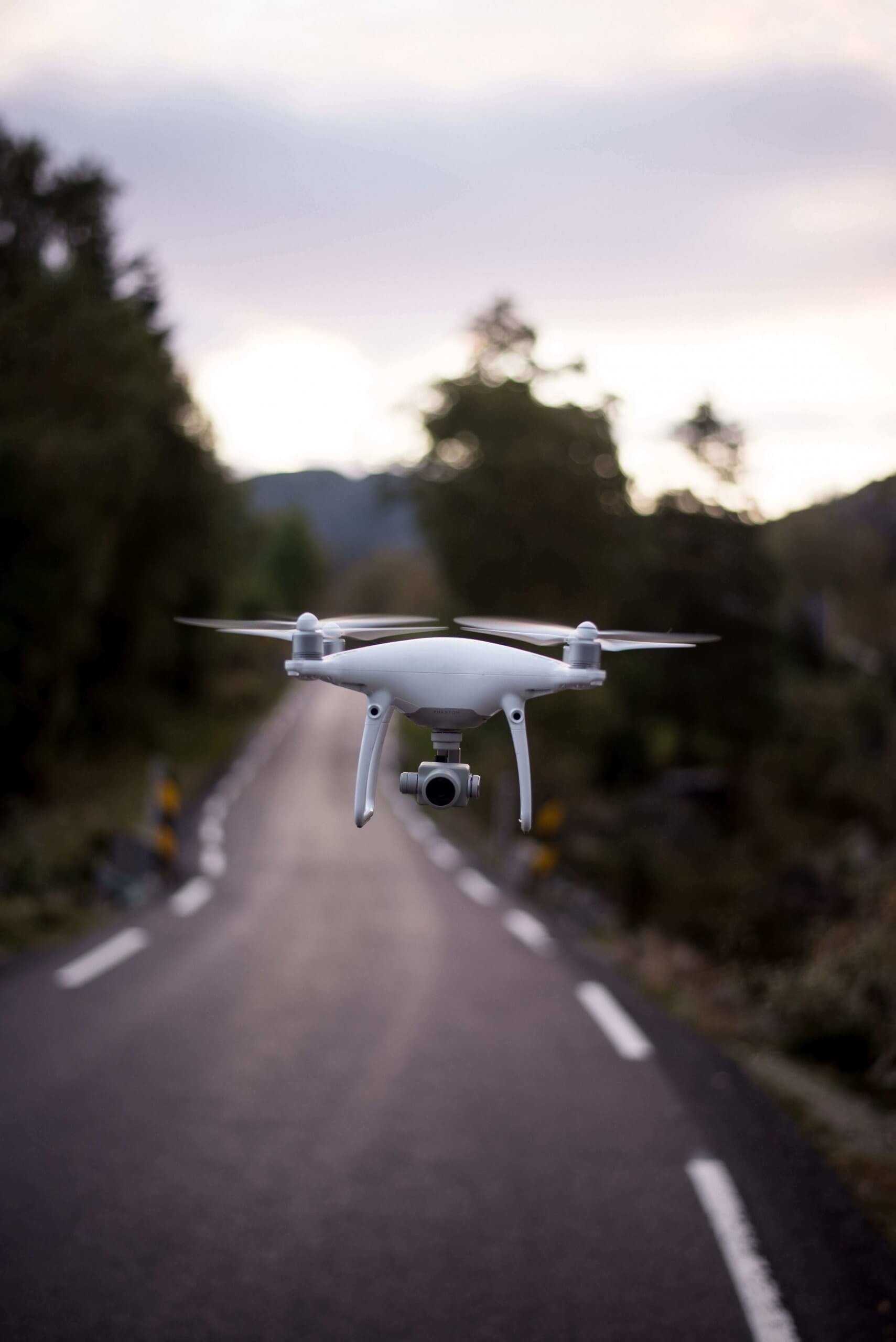
California Statute Regulating Drone Traffic
California has long had a law making it illegal for people to go to or stop at the scene of an emergency and interfere with the scene or the activities of the police, firefighters, and medical personnel. Such interference is a misdemeanor. In January of 2017, the law expanded to include persons, “regardless of his or her location, who operates or uses an unmanned aerial vehicle, remote piloted aircraft, or drone that is at the scene of an emergency.” For the purpose of the law, “emergencies” are defined to include:
- Injury to people
- Damage to property
- Danger to the safety of people or property
- Chemical and biological spills
- Accidents
- Fire
- Explosion
- Floods
- Windstorms
- An airplane crash
- Any other human event or natural event
If you or a loved one has been injured by a drone, immediately contact the California personal injury lawyers of Nadrich Accident Injury Lawyers by calling 1-800-718-4658.
Insurance Policies for Drones
If you use your drone for entertainment or amusement, it is a good idea to check with your Insurance representative to determine whether the home owner’s insurance covers drone use. You should also check the extent of the policy. It may simply cover replacement costs. Many policies will not cover personal liability should your drone injure someone or damage their property.
Drone operators should also be aware homeowner’s insurance generally exempts business activities from their coverage. If the drone is being used for work purposes, owners should definitely seek additional coverage.
There are a few different concerns about potential liability with drones. These include personal injury caused by drones crashing, losing power and dropping from the sky, and general operator error. The drone could cause damage to either public or private property. Injured parties may seek compensation for medical expenses, lost wages, or property damage.
Additionally, someone may have an invasion of privacy claim, depending on how the drone is operated.
Drone Insurance Policy Checklist
When calling about additional insurance coverage, it is a good idea to be prepared to answer the following questions:
- Who will be operating the drone?
- Where will the drone take off and land?
- What flying altitude do you anticipate?
- Is this for business or personal use?
- What is the value of the drone?
- What is the make and model of the drone?
- Have you registered the drone with the FAA?
FAA Regulations for Drones
The Federal Aviation Administration (FAA), in conjunction with the University of Kansas, Mississippi State University, and the University of Alabama, is studying the dangers of flying drones over people. Using a crash dummy, scientists found being hit by falling metal debris showed signs of a significant increase in injury potential over the drone. This was true for both head injuries and neck injuries. Scientists found the drone’s ability to flex and absorb energy from the collision naturally resulted in less energy transfer to the head and neck of the crash dummy.
Current FAA rules allow companies to fly drones under certain guidelines. These include:
- Drone operators must pass a drone certification exam
- May not fly drones over 100 miles per hour
- May not fly drones over 400 feet above the ground
- Operators must keep the drone in their line of sight
- Drone operators are prohibited from operating drones at night
Companies can apply for a waiver. Google’s parent company, for example, is working with the FAA to conduct research regarding the integration of large-scale drone delivery in commercial airspace.
Using Drones for Delivery 
Amazon is among the many retailers looking to make drone delivery broadly available in the United States. However, rules about flying over populated areas, and beyond the line of sight of the operator, are still under consideration by the Federal Flight Administration (FAA). Until these rules have been developed and implemented, mass delivery is prohibited.
At one of their convenience stores in Reno, Nevada, 7-Eleven offers drone delivery to select customers within a mile of their shop. This regular drone delivery service is made possible in part due to the drone operator’s ability to maintain the drone within their line of sight.
California Drone Delivery Laws
In addition to FAA regulations, California has added their own drone limitation law. Notably, California’s Bureau of Cannabis Control has outlined emergency rules which will take effect ahead of the legalization of marijuana in January of 2018. Transportation and delivery of marijuana can only be accomplished in trailers and commercial vehicles to customers’ homes. Drones may not be used to deliver marijuana to consumers.
Drone Accident Statistics
In a 30 – day span earlier this summer, no less than three drone accidents were documented in California.
- On 5/21/2017, a private citizen operating a drone flew it around Petco Park, where the San Diego Padres baseball team plays. The drone crashed into an empty seat in the upper deck of the first base side of the stadium.
- On 6/8/2017, a small unmanned aerial vehicle (UAV) struck a power line in Mountain View, California. This left 1600 customers without power for several hours.
- On 6/21/2017, the United States Air Force crashed a UAV in Inyo County, east of Mount Whitney. This crash started a small wildfire.
The Center for the Study of the Drone at Bard College collects statistics on drone near misses and close encounters with aircraft. Of 582 reports of unmanned aircraft incidents in the United States, just over a third were classified as “close encounters,” which present a potential hazard. Surprisingly, despite FAA regulations, nine out of ten incidents occurred above 400 feet. California airports hold three of the top ten spots for close encounters and sightings. Los Angeles/Long Beach is second only to New York/Newark, with 25 incidents. San Diego recorded 15 incidents. Santa Ana reported 9 incidents.
Drone Regulation Updates In California
As drones become more popular, we can reasonably predict two results. First, more laws, rules, and regulations regarding drone use will be put in place by federal, state, and local government. Second, we can expect to see an increase in, and variety of injuries and other types of damage from drone use.
Drone Injury Lawsuits – Free Consultation Available
If you are injured by a drone or suffer property damage from drone use or malfunction, contact the law office of Nadrich Accident Injury Lawyers. Our personal injury attorneys look forward to discussing your case. There is no charge to you unless we win your case. Call us today at 1-800-718-4658 for a free case evaluation.

